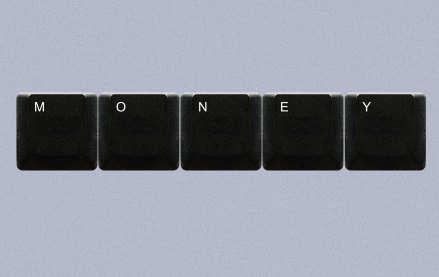Ross Levinsohn, Yahoo’s evp Americas, must have said it a dozen times: “premium.”
During a conference call late Tuesday announcing that the sales alliance between Yahoo, AOL and MSN was indeed a go starting in January, Levinsohn continually emphasized that the curious pact was about protecting the value of premium inventory. But as the online ad market has clearly demonstrated over the past several years, simply slapping the word Yahoo or MSN or AOL on a Web site doesn’t make it premium.
Nor does combining said inventory with long-tail inventory, which is what the alliance appears to be trying to do. Instead of forming a super-exclusive, private exchange or secondary network, the three parties have instead chosen to lump each other’s inventory with their own low-cost ad networks. How does taking unsold Yahoo inventory and bundling it with Advertising.com inventory (the network born as a cheap, cost-per-acquisition network) make it more valuable exactly?
“This should increase value for everyone,” said Levinsohn. “This is about changing the industry’s perception. … Premium is more than just inventory that is safe. … This is about putting value back in its proper place.”
The problem is, avails like AOL email inventory never had much value. AOL couldn’t sell that stuff 10 years ago, which is why it commonly tried to sneak it onto media plans under the guise of lowering CPMs.
There’s just more of that sort of inventory than ever for the portals these days, yet they aren’t the must-buys they used to be, making it a lot harder to find takers for unsold inventory. That’s why we’ve seen AOL acquire Advertising.com, Yahoo acquire Right Media, and Microsoft form the Microsoft Media Network.
According to Microsoft, the Microsoft Media Network already reaches 92 percent of the U.S. Web population, or 195.2 million unique users. Do many advertisers ask about the missing 8 percent? Will mixing in some unsold inventory from Yahoo Health with all that excess MSN inventory — plus inventory from the other 250 partners in that network — make it more premium?
For his part, Rik van der Kooi, corporate vp of the Microsoft Advertising Business Group, continually emphasized eliminating friction over creating premium value during Tuesday’s call. Undoubtedly, buying digital advertising is a friction-heavy business. But how hard is it to currently purchase inventory on the portals? According to eMarketer, together they still represent 23 percent of the display market. Their share seems to be declining because of Facebook, not too much paperwork.
More details will be shared on Thursday at an event in New York hosted by AppNexus, which was said to be the leader in the race to power the technology behind this alliance. However, it turns out that each partner will have the choice of employing the Microsoft Advertising Exchange and Yahoo’s Right Media Exchange. It seems like the parties couldn’t decide on which company’s platform was the best.
In fact, it feels as though these companies couldn’t make a lot of hard decisions regarding this alliance. For example, why not go full throttle and form a separate joint venture? Why not include other partners’ sites? Perhaps because they are saying no.
One thing the group did decide on — video isn’t part of this alliance. That’s likely because video, at least for the time being, is considered premium. Which is why everyone is able to sell so much of it.
More in Media

From sidelines to spotlight: Esports events are putting creators center stage
July 11, 2025
Esports events’ embrace of content creators reflects advertisers’ changing priorities across both gaming and the wider culture. In the past, marketers viewed esports as one of the best ways to reach gamers. In 2025, brands are instead prioritizing creators in their outreach to audiences across demographics and interest areas, including gaming.

Condé Nast and Hearst strike Amazon AI licensing deals for Rufus
July 10, 2025
Condé Nast and Hearst have joined the New York Times in signing a licensing deal with Amazon for its AI-powered shopping assistant Rufus.

Media Briefing: AI payouts may be entering a new era
July 10, 2025
AI compensation is evolving — and new models, not just publisher demands, are driving the shift beyond flat-fee licensing.





